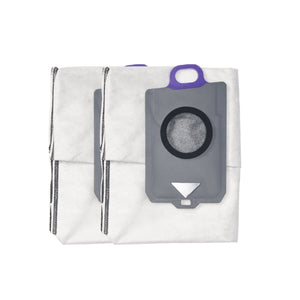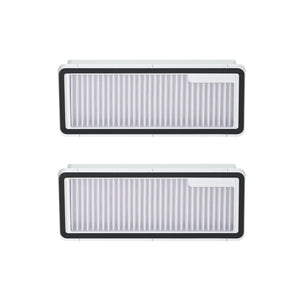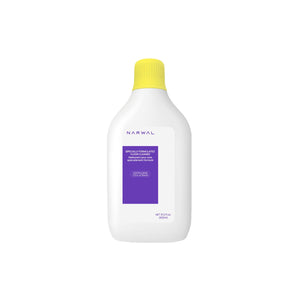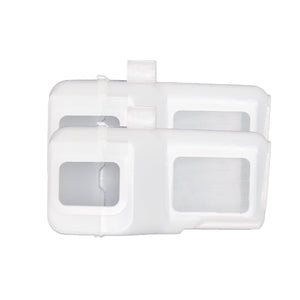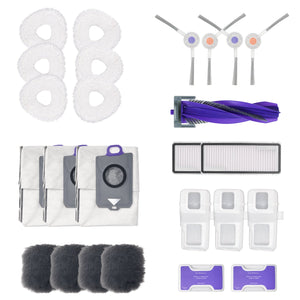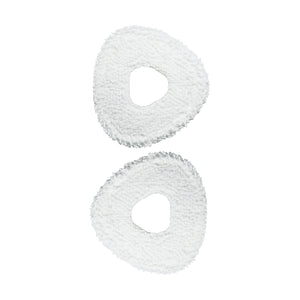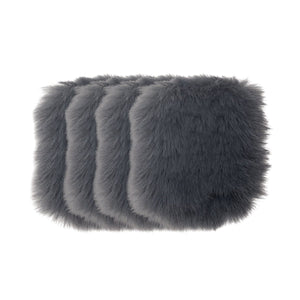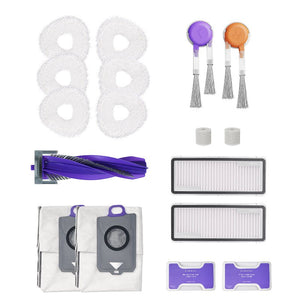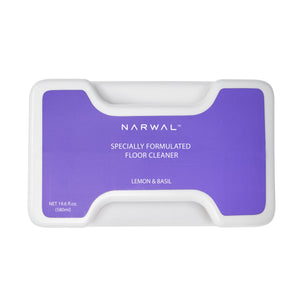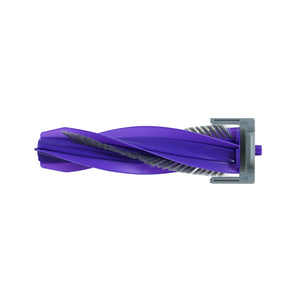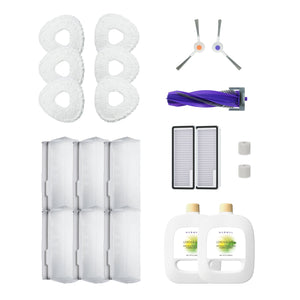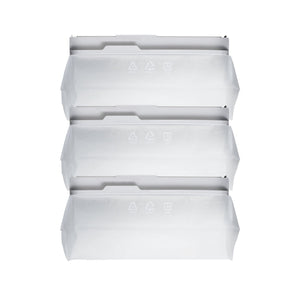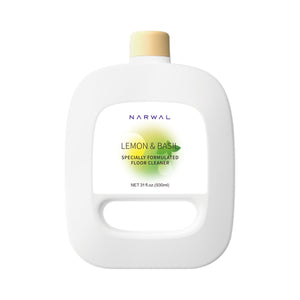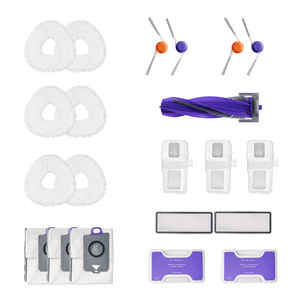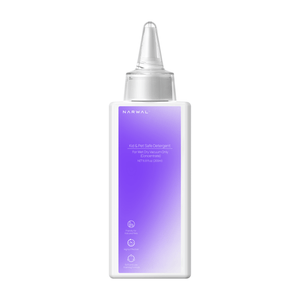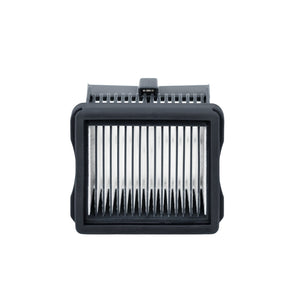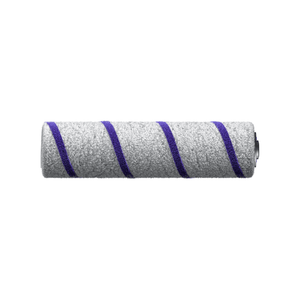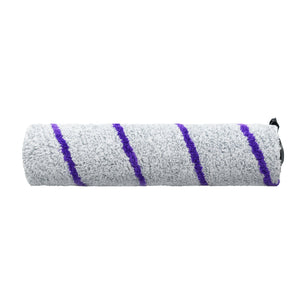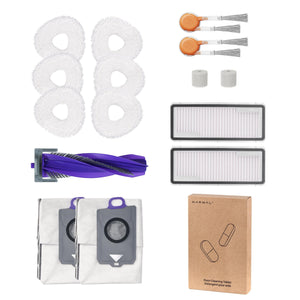Understanding how a robot vacuum works begins with knowing its core internal components. From sensors and motors to suction systems, navigation modules, and batteries, each part plays a vital role in delivering smart, hands-free cleaning.
This article breaks down the main components inside a robot vacuum, showing you what they do, how they work together, and why they matter when choosing the right model. Whether you're researching before a purchase or just curious about the tech, this guide will help you see what powers the performance behind every clean.
Component: Control System and Sensors
The control system is a core internal component of a robot vacuum, responsible for processing sensor data and managing navigation behavior. Think of this as the vacuum's brain. It's responsible for making decisions about where to go, how to navigate obstacles, and when to start or stop cleaning. As such, we have the microcontrollers and sensors. The microcontrollers are powerful chips that run the show, executing the vacuum’s programming. The sensors are like the eyes and ears of the robot vacuum cleaner.
In fact, robot vacuums use various sensors to navigate their surroundings. For example, structured light sensors, infrared sensors, ultrasonic sensors, cliff sensors, etc. Narwal robots employ the Tri-Laser sensor technology to detect small and low-lying objects for safe and smooth cleaning sessions. This innovation helps our robotic vacuum cleaners learn from daily cleaning to identify and avoid even tiny objects that block their path.
Component: Drive System (Wheels and Motors)

The drive wheels and motors form the primary movement system of a robot vacuum, enabling it to move, turn, and navigate across various surfaces.
Drive Wheels:
Usually located on the sides, these wheels move the vacuum forward and backward and allow it to turn. They are powered by motors that provide the necessary torque.
Caster Wheel:
This is a smaller, swiveling wheel that helps with maneuverability.
Brushes and Rollers:
Located underneath, motors drive the beater bar, brush roll, or rubber brush—depending on the model—to stir up and lift dirt and debris from the floor. These components work together with the suction system to loosen and capture dust more effectively, especially on carpets and textured surfaces.
Component: Suction Module and Dust Collection

The suction system is a central component of a robot vacuum, designed to capture dirt and debris from the floor and transport it through an internal duct hose into the dustbin. This sealed airflow pathway ensures maximum suction efficiency and minimizes particle leakage during cleaning.
Stronger suction power is crucial to an auto vacuum cleaner because it can pick up more dirt and debris, making cleaning more efficient. This allows the robot to clean more thoroughly and quickly, which is especially useful for homes with pets, kids, or high-traffic areas.
The Narwal Freo X Ultra robot vacuum cleaner features a strong 8200 Pa suction, 12N mopping pressure at 180RPM rotating speed, dual soft side brushes, the zero-tangling aerodynamics main brush, and the DirtSense Deep Cleaning System. It vacuums, mops, and automatically detects dirt levels to adjust settings for spotless cleaning.
Of course, after the suction, all that dirt has to go somewhere! The dustbin collects everything the vacuum picks up. Moreover, our models even come with self-emptying features, making maintenance a breeze.
Component: Battery and Power System
The battery is a critical part of the robot vacuum’s internal structure, powering the device during its cleaning cycles and determining runtime efficiency. Most importantly, a longer battery life means the vacuum can clean for longer, making it more efficient and effective. On this note, Narwal Freo X Ultra runs up to 210 minutes before heading back to the charging dock and returns to where exactly it left off after a quick recharge.
Component: Navigation and Mapping System

The navigation module is an advanced internal system that allows the robot vacuum to scan its environment, build a digital map, and plan efficient cleaning paths.
For example, our Freo X Ultra sends out laser beams in all directions to scan your home. By measuring how long it takes for these laser beams to return, the vacuum can figure out how far away everything is and where it all is in your home.
It builds a detailed map in its memory that shows where walls are, where furniture is, and any obstacles it needs to avoid. This helps the robot vacuum to determine its location, understand where it has been, and identify where it needs to go. Such vacuum cleaners also track their movements, paths, and obstacles to calculate efficient cleaning routes.
Component: Internal Filter System
The filter system—often using HEPA or multi-layer filtration—is an integrated component that traps fine dust and allergens, maintaining clean air within the home. High-quality filters not only protect the motor but also enhance the overall suction performance of the robot vacuum. By capturing small particles, they prevent these from circulating in the air, reducing allergens and making your home healthier. Therefore, filters are crucial in a robot vacuum cleaner.
Component: Smart Home Integration Module
The smart home module is a built-in system that enables the robot vacuum to connect with apps, voice assistants, and automated schedules for hands-free control. These devices integrate with other systems for a seamless, automated home experience. The Narwal robots feature a voice assistant, enabling hands-free cleaning.
The voice assistant is an internal software module that lets users start cleaning tasks with simple voice commands, offering hands-free interaction with the robot vacuum’s built-in systems.
Optional Module: Mopping System

The mopping system is an optional internal module found in some robot vacuums, designed to wet mop floors as a supplement to dry vacuuming. Yes, it is. We’ll tell you why.
A robot vacuum cleaner with a mopping feature can save you time by eliminating the need to mop manually. It can enhance your home's cleanliness by removing dirt and grime from hard floors.
However, the mopping function might not always be as effective as traditional mopping, and you may need to refill the water and cleaning solutions more often. That’s why our models have the Dual Spinning & Scrubbing Mops and the All-in-One Base Station feature to ensure the process runs smoothly, minus supervision.

Our Top Recommended Model: Narwal Flow
Narwal Flow is the latest breakthrough in robot vacuum and mop design, engineered for powerful, intelligent, and fully hands-free cleaning.
With industry-leading 22,000 Pa hyper suction and advanced CarpetFocus Technology, it delivers deep, precise cleaning on carpets and hard floors alike. Its DualFlow Tangle-Free System ensures that hair—whether human or pet—goes straight into the bin without wrapping around brushes.
The revolutionary FlowWash Mopping System uses real-time self-cleaning with 113°F warm water and 12N of pressure to scrub away stains, while the 16-nozzle even-spray design ensures consistent mopping from edge to edge. The onboard scraper wipes the mop clean after every pass, eliminating mess spreading.
Thanks to smart edge reach design and auto-extending mops and side brushes, Narwal Flow cleans along walls and into corners with up to 99% dirt removal and less than 5mm edge gap.
Obstacle avoidance is smarter than ever with TWINAI—dual RGB cameras and a local AI chip that identifies over 200 types of objects with 0.19-inch accuracy. It navigates smoothly under beds, over 1.6" ledges, and into tight spaces with its ultra-slim 3.7" profile.
At the heart of it all is the all-in-one base station, featuring:
-
176°F full-chain sterilization
-
AI-adaptive self-cleaning mop system
-
Hot air drying at 104°F
-
120-day dust storage
-
Replaceable cleaning filters
-
Auto water exchange system
Voice-controlled with "Hey Nawa" and fully Matter-compatible, Narwal Flow offers a seamless smart home experience. It runs up to 90 minutes on a single charge and recharges fast to keep up with your schedule.
[cta:flow-robot-vacuum-and-mop]
With Narwal Flow, spotless floors aren’t just possible—they’re effortless.
What Are the Core Components of a Robot Vacuum?
A robot vacuum consists of several key internal components, including a control system, wheels and motors, suction and dustbin modules, navigation sensors, a battery, and optional mopping systems. Each plays a distinct role in enabling efficient and automated cleaning.
How Does the Navigation System Work in a Robot Vacuum?
The navigation system uses sensors like LiDAR or infrared to scan the environment, build a digital map, and calculate efficient cleaning paths. This allows the vacuum to avoid obstacles and cover the entire floor systematically.
Is Mopping Considered a Core Component of a Robot Vacuum?
No, the mopping system is typically an optional module found in select models. While not essential to basic vacuuming, it enhances cleaning on hard floors when included.
How Does the Suction System Interact With Other Components?
The suction module works in tandem with motors, brushes, and the dustbin to remove dirt and store it efficiently. Its performance depends on airflow design, motor power, and brush integration.
Why Are Filters Important in a Robot Vacuum’s Internal System?
Filters are essential for trapping fine dust and allergens during the cleaning process. They help maintain indoor air quality and prevent particles from recirculating into the air.
Wrapping Up
So there you have it – the main components that make up a robot vacuum. As such, when you're buying a robot vacuum that also mops, think about stuff like how strong it sucks up dirt, how long the battery lasts, how it finds its way around your house, and if it works with your smart home gadgets. The Narwal robot vacuum and mop ticks all these boxes, making cleaning easier and faster. Choose a robot vacuum with integrated components that clean smart and efficiently—so your home stays tidy with minimal effort.





















